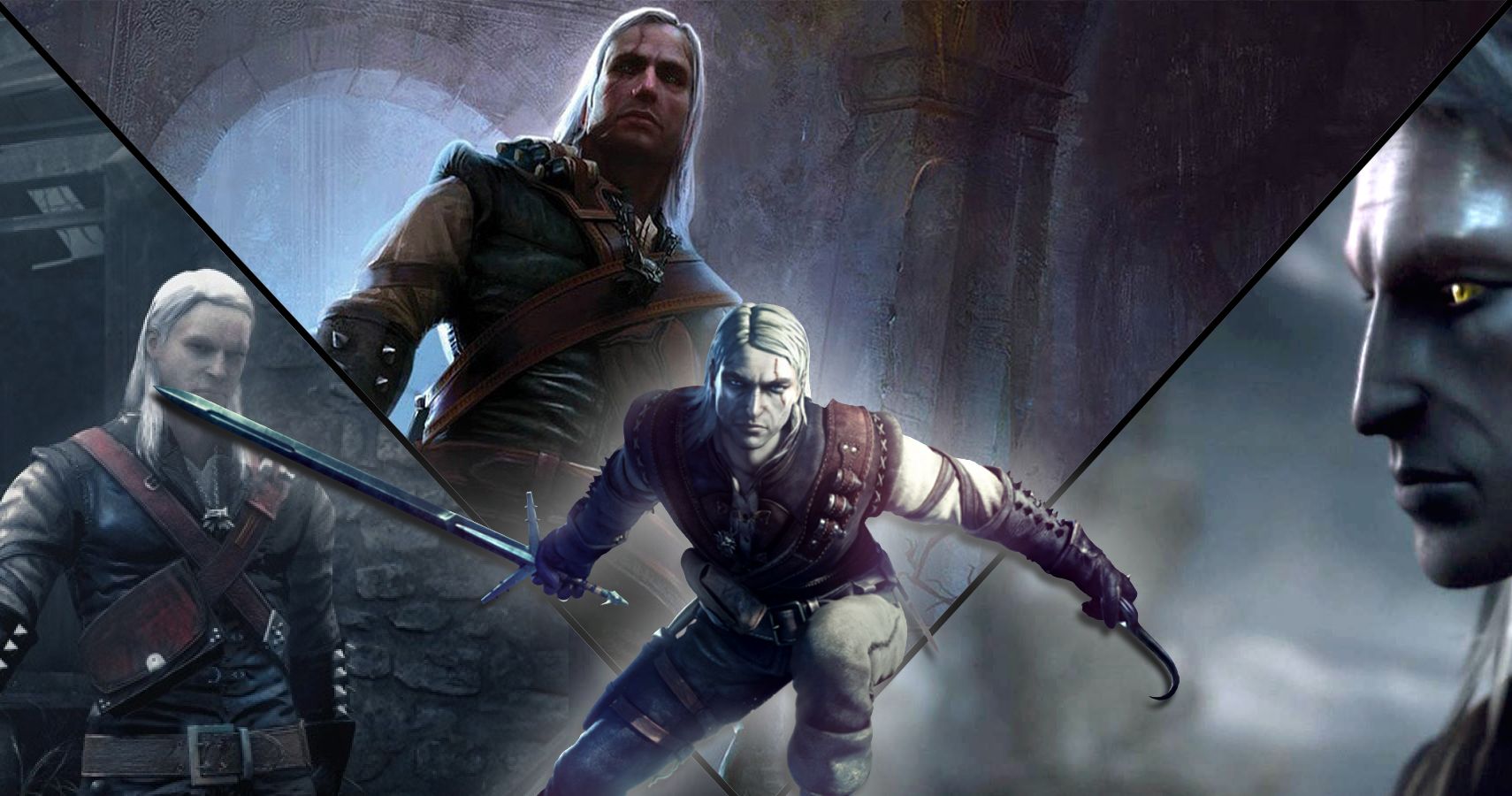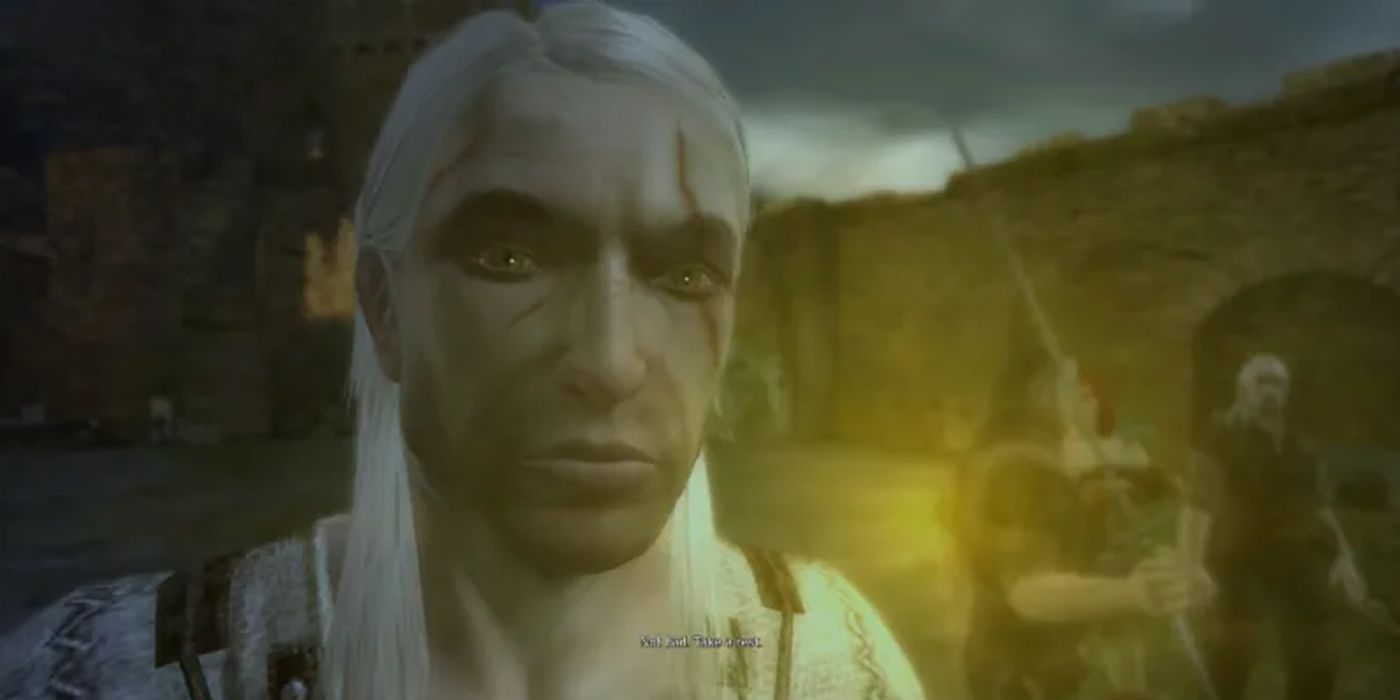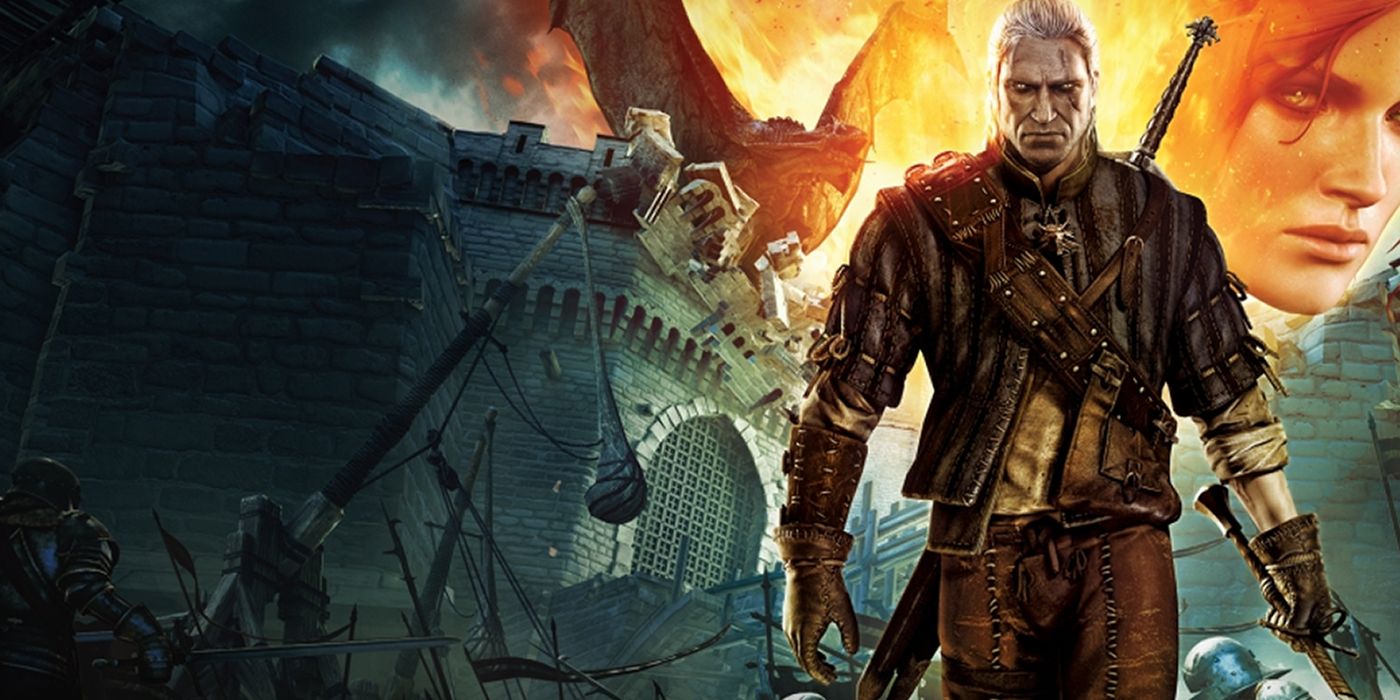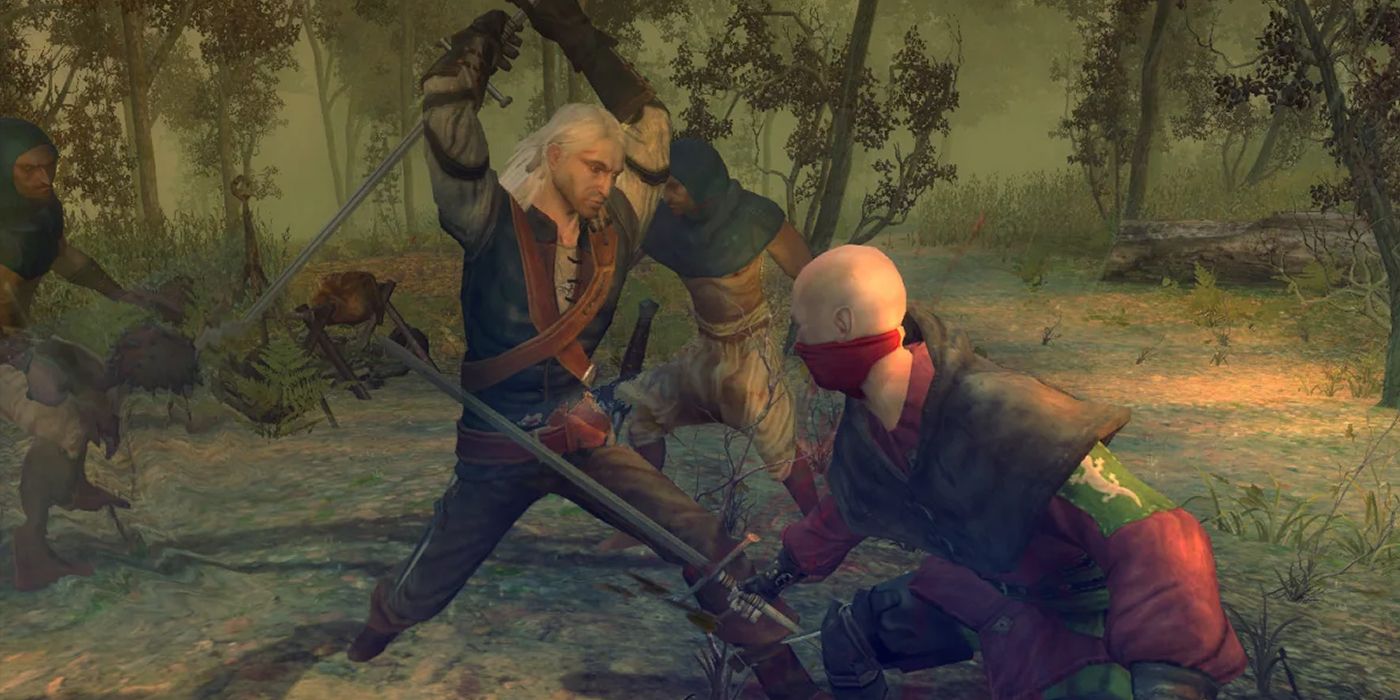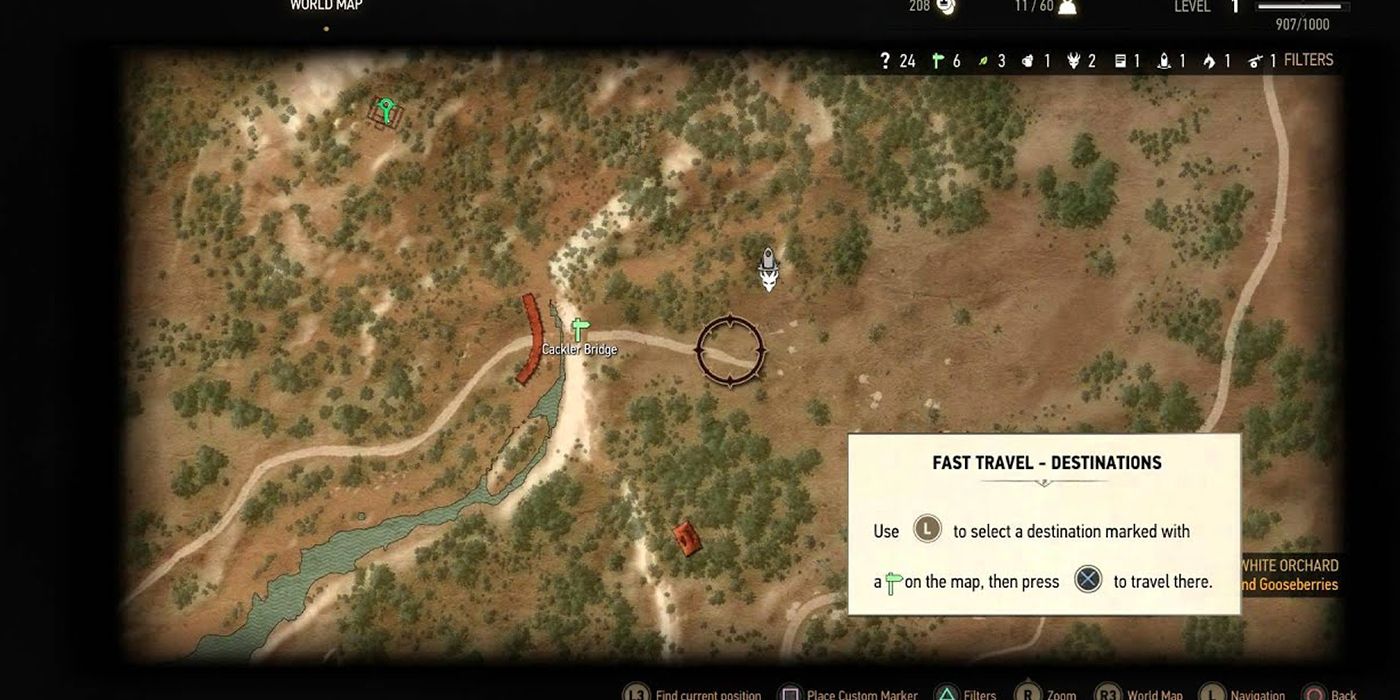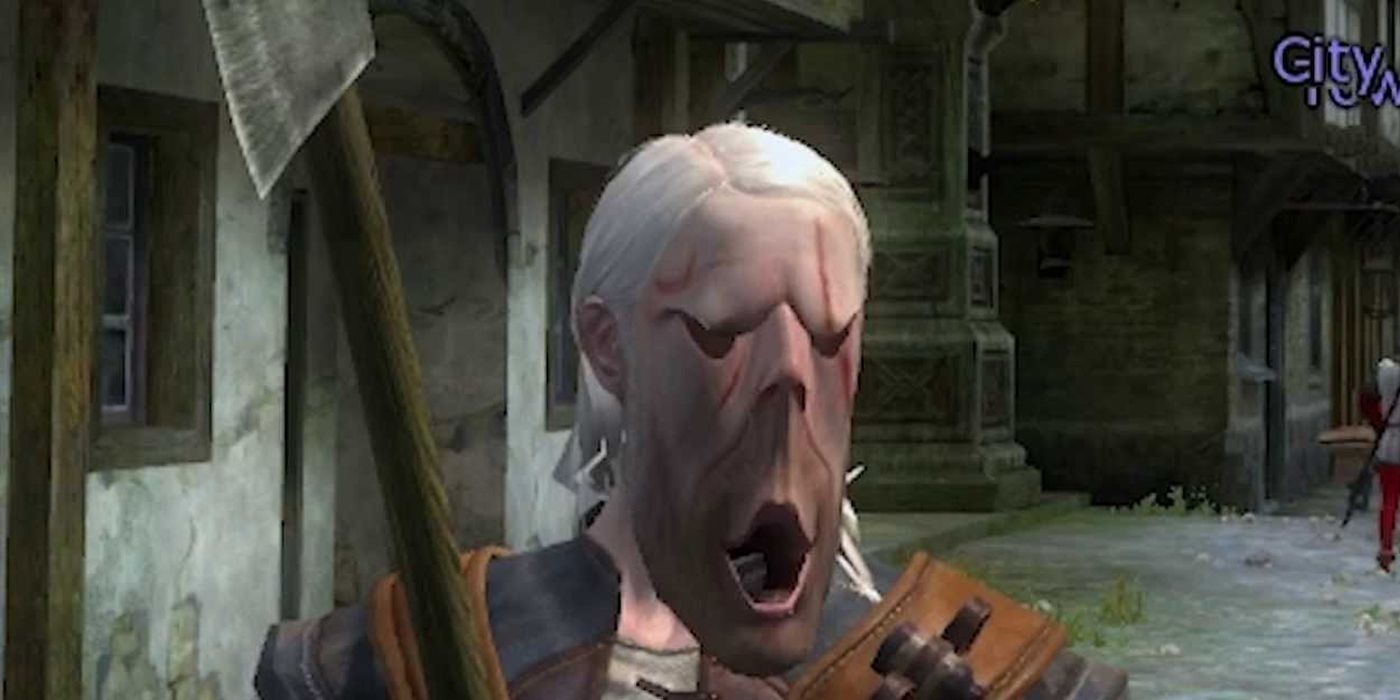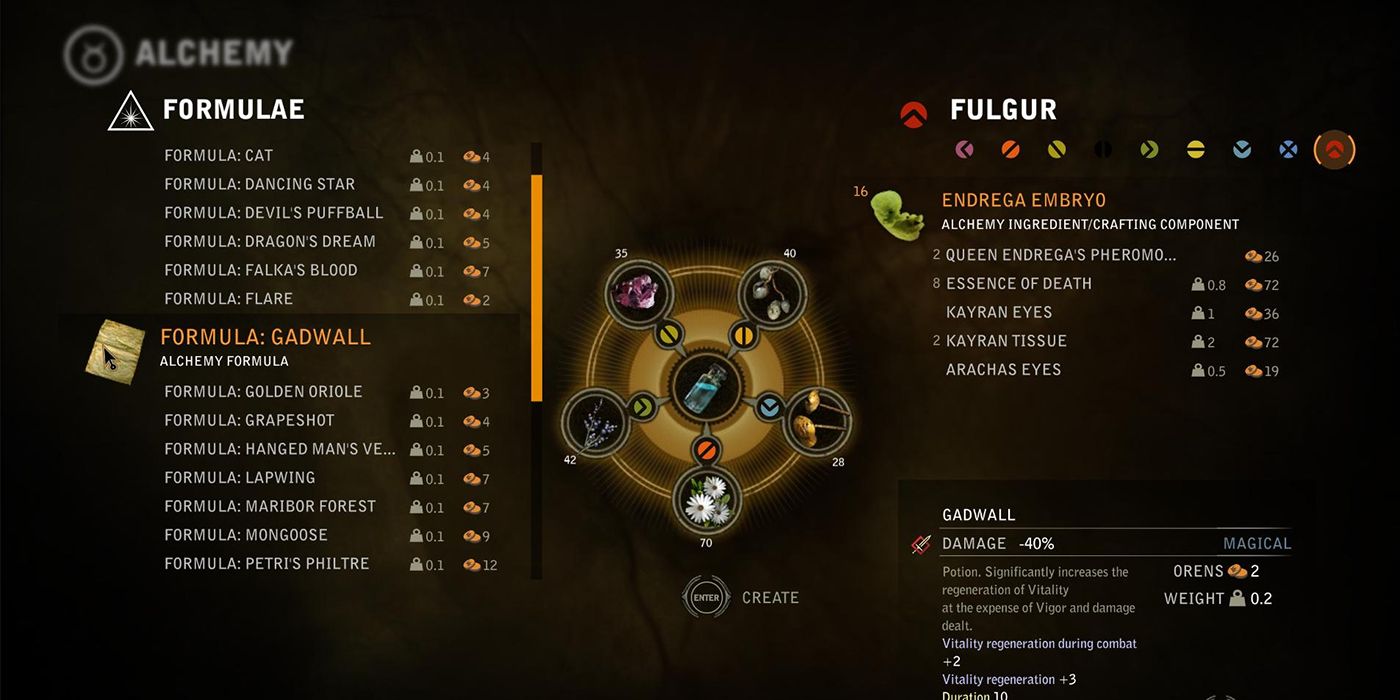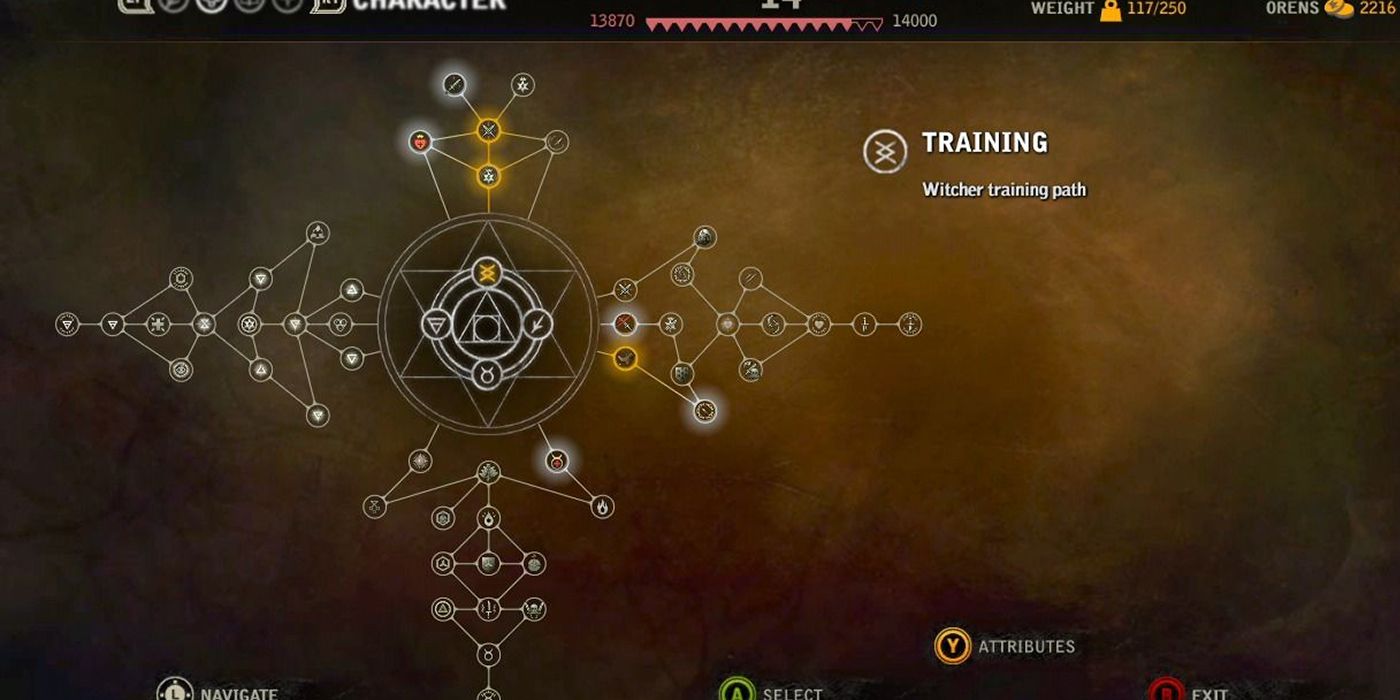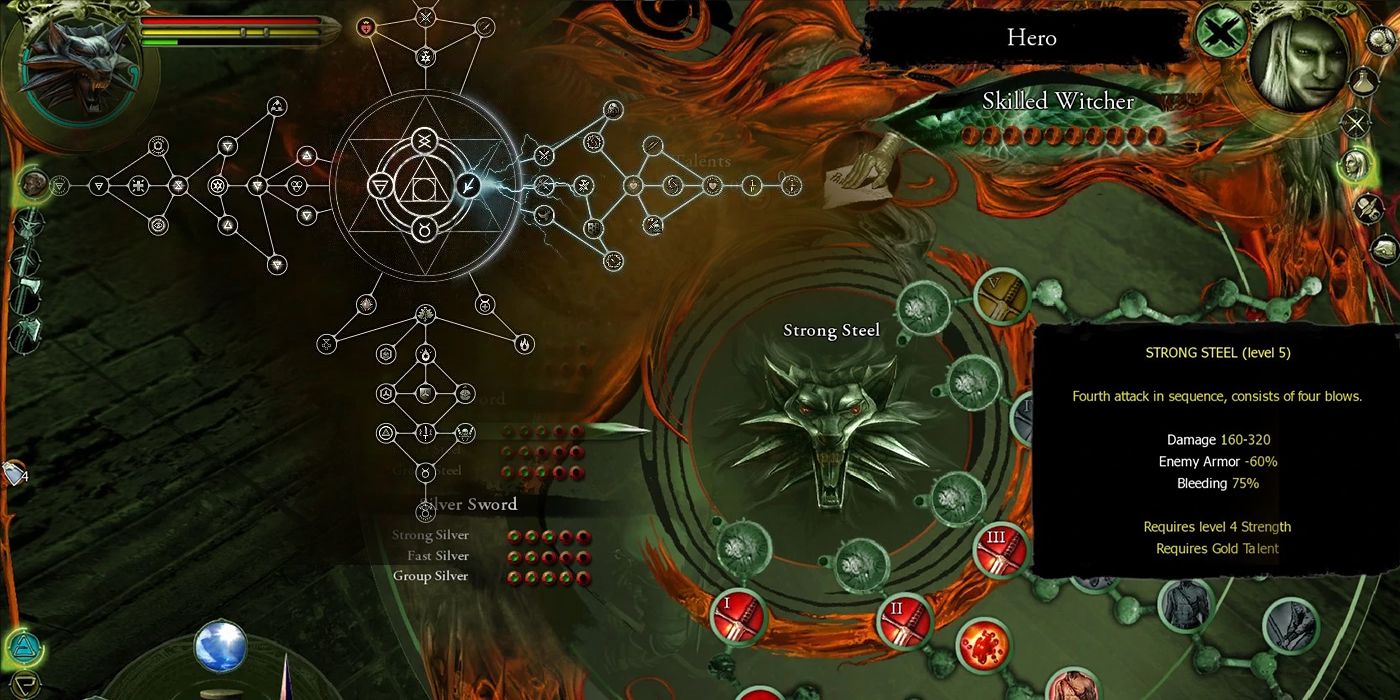So, it looks like Geralt of Rivia is even more popular all of a sudden thanks to a certain streaming platform. And, because of that, plenty of people are just now finding out how amazing 2014's Witcher 3: Wild Hunt is. This Polish-made RPG is gigantic, captivating, and a ton of fun to play. But, as its title would suggest, it's not the first in the series, and the two games that came before it are massively different in their own ways. Witcher 2: Assassin of Kings isn't too much of a step back but the Witcher 1 absolutely is. We're here to talk about 10 things from both titles that haven't exactly aged well for 2020.
10 The Graphics And Character Designs
This first entry, for example, is mostly talking about Witcher 1. The game looks like something that came out in 2007, but seeing Geralt's every pore in the third game makes it hard to go back and look at his oddly modeled face. Just look at those fish lips! Plus, each game they seemed to try something slightly different with his appearance, so he doesn't really even look like himself in the first one. The same could be said for many of the models in this Euro-jank RPG. Just look at how Triss has changed over the years! Witcher 2 is arguably better looking in a lot of ways but has that odd "fuzzy" style to everything that we're happy the third game opted out of.
9 The Lack Of An Open World
The first two Witcher games are non-linear, which leads some people to think that means they're full open-world, and that's not quite the case. While both give the player little sandboxes to play in, with a good amount of sidequests, they aren't nearly as open as Wild Hunt. W2: AoK especially is a lot more linear in general, which is odd. They went from open with W1, less open in W2, then true full open in W3. It's pretty neat that all three of them have differing design structures, but we're glad that the most advanced one went for the open-world aspect.
8 The Control Scheme And HUD Design
So, the controls in any of The Witcher games are sort of wonky. Even Witcher 3 had the same movement controls as the first two where Geralt feels like a character you drive rather than control. But, the first game's overall controls are a real hurdle for new players. Think about it this way, somehow they managed to get the 15+ context-sensitive actions Geralt can perform on one controller layout, and it works.
That takes a lot of testing and fine-tuning to figure out. And guess what worked as the practice? That's right, the first two games. Witcher 2 is mostly fine but W1 is a whole different beast.
7 The Combat Systems
So, there are tons of subtle differences between all three games. For example, in W1 players have to unlock their signs one by one through finding Places of Power, which stinks because these simple spells make Geralt such a strong battle-mage. In W2, players can't use potions in combat and have to use them only when meditating. But, one not so subtle difference is the combat design between W1 and the other two games. W2 and W3 are pretty similar in their combat, but the third one is just a bit more polished with some extra features. The original, however, plays like Dragon Age: Origins, where players select an enemy and their action.
6 The Denial Of Fast Travel
There's a real argument to be made for gaming as a whole being too depending on the fast travel mechanic. Do all games really need it? Doesn't it take away from the "exploration" aspect of the game? Wouldn't it make the "world" of the game feel a lot smaller? Personally, we can see both sides of this argument, but we love it. And Witcher 1 and W2 desperately needed it. Witcher 1 has an excuse, it came out in 2007 and it wasn't as established as a mechanic back then. Assassin of Kings doesn't have that excuse. So, when we hopped into Witcher 3, could move Geralt around instantly, and could fast travel from White Orchard to Velen, we shed a little tear of delight.
5 The Overall Buginess
Witcher 3 has its fair share of bugs. In fact, just today we cleared out a bandit camp and one of the bodies launched a thousand feet into the air! Still, the bugs that Witcher 3 has really pales in comparison to the ones in the previous games. The most infamous one we remember is the melted face bug that players would randomly get when playing.
Basically, they'd load the title up and find that their infamous Witcher had a face that was melting off the bone. And that's just one of many odd bugs these older titles had. Honestly, a few of them are ones that shouldn't have made it past QA, but that was also a product of the times.
4 The Potion System And Mechanics
We mentioned previously that Witcher 2 dropped the ball with potions because players couldn't drink them in combat. But, that shouldn't have been a big deal considering you obviously couldn't do it in Witcher 1 as well...right? Wrong. Witcher 1 actually did let players drink potions during combat, so we have no idea why they stepped backward with the second game. Still, in the first one, drinking any potion required Geralt to stand still and chug it, which makes sense realistically, but ended up being a real momentum killer. In W3: WH, Geralt just basically absorbs them instantly. It's a bit less immersive, but we still much prefer it over the alternatives.
3 The Dialog And Voice Acting
Don't get us wrong, a lot of the writing in Witcher 3 is honestly a bit cringy. The whole performance during the quest "The Play's The Thing" makes us yearn for the same amnesia Geralt had. But, overall, the dialog in Witcher 2 and in particular Witcher 1 is pretty poor. The writing behind the quests and story is great, but when the people talk, that's where it falls flat.
For example, Witcher 1 has plenty of quests with multiple endings, branching paths, and deeply complicated motivations. But, when the characters talk, their dialog comes off as fake and/or campy. It doesn't help that the voice acting isn't all too great either. Maybe it was another product of the times, and it just feels that way looking backward. But, the way characters speak is so much more realistic in the third game in our opinion.
2 The Way Skills Are Unlocked
And, our last two examples both have to do with the Skill System. Witcher 1 and W2 had vastly different Skill Trees. Witcher 1 had 246 talents while W2 had 102. That's a bit overly complex, still, it's fine. But, what really gets us is how the skill advancement works. If you like using Aard and Axii but hate Yrden and Igni, you should be able to ignore them and level the Signs you like. And, in Witcher 1 and W3, you can do just that. But, in W2, the skill tree is progress-based, so you have to unlock the previous skill to get the next one in the line. Sometimes a Yrden skill would stop you from getting the Axii one you want. It kills the replayability in our opinion, and that's one of our most beloved traits of the third game.
1 The Skill Trees Themselves
Lastly, let's dive a bit deeper into the Skill Trees. Honestly, if someone who played oh we don't know, something like Insomniac's Spiderman and compared their skill tree to The Witcher's, it'd be like night and day. Witcher 1's was better implemented but way more complex, while Witcher 2's was more approachable yet horribly designed. Both of these games also designed the visual representation of their Skill Trees sort of poorly. Frankly, Skyrim sort of nailed how to thematically approach showing the player multiple complicated trees without overloading their brain. W3's trees are a bit more streamlined but infinitely more readable. Still, they went for boring readability instead of unique readability, so it's a bit of give-and-take.

